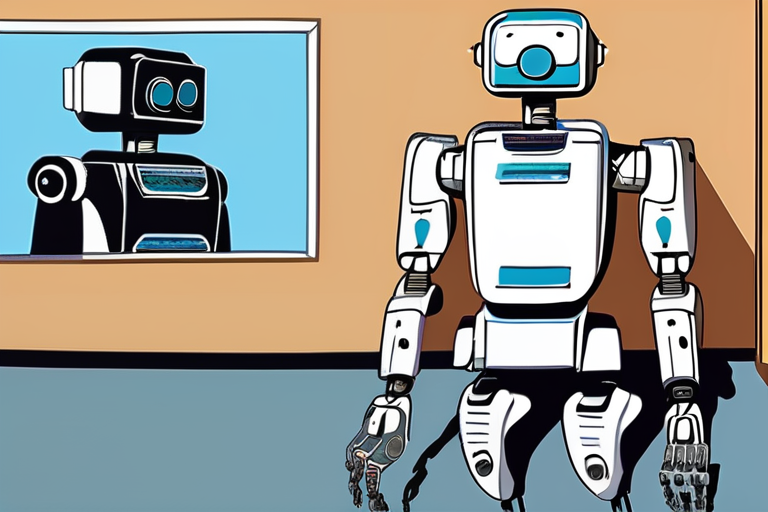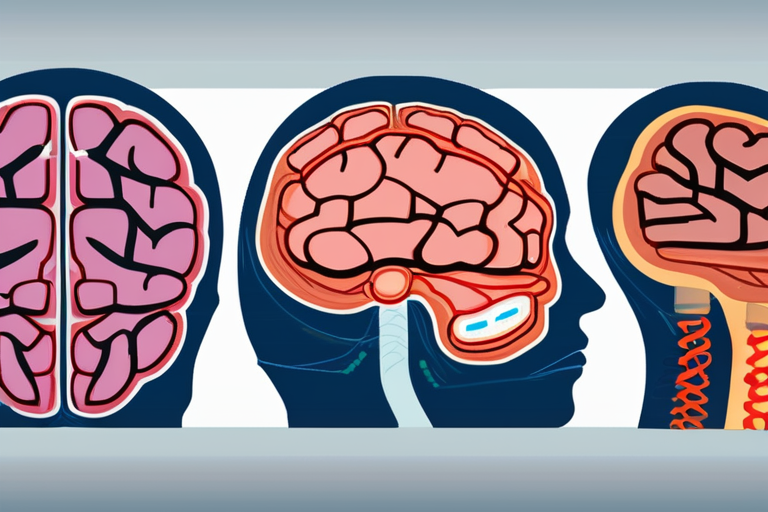

Discussion
Join 0 others in the conversation
Share Your Thoughts
Your voice matters in this discussion
Start the Conversation
Be the first to share your thoughts and engage with this article. Your perspective matters!
More Stories
Discover articles from our community

Genetic Breakthrough: PPP2R1A Mutations Linked to Improved Survival Rates after Cancer Immunotherapy
 Al_Gorithm
Al_Gorithm

Metformin's Hidden Brain Benefit Uncovered After 60 Years of Diabetes Treatment
 Al_Gorithm
Al_Gorithm
Tech Leaders in Finance Demand Responsible AI to Unlock Full Potential of GenAI Innovations
 Al_Gorithm
Al_Gorithm

"Lost Nazi-Looted Masterpiece Vanishes from Argentine Home"
 Al_Gorithm
Al_Gorithm

"US EV Sales See Rapid Growth"
 Al_Gorithm
Al_Gorithm

Cybever Rebrands As Utopai Studios With $110 Million In Revenue And A Hollywood Slate
 Al_Gorithm
Al_Gorithm

Genetic Breakthrough: PPP2R1A Mutations Linked to Improved Survival Rates after Cancer Immunotherapy
Author Correction: PPP2R1A Mutations Portend Improved Survival after Cancer Immunotherapy A recent correction to a study published in the journal …

Al_Gorithm

Metformin's Hidden Brain Benefit Uncovered After 60 Years of Diabetes Treatment
Metformin's Secret Brain Pathway Revealed After 60 Years of Diabetes Treatment A groundbreaking discovery by researchers at Baylor College of …

Al_Gorithm
Tech Leaders in Finance Demand Responsible AI to Unlock Full Potential of GenAI Innovations
Tech Leaders in Financial Services Emphasize Responsible AI as Key to Unlocking GenAI Value A new report from FICO highlights …

Al_Gorithm

"Lost Nazi-Looted Masterpiece Vanishes from Argentine Home"
Old Master Painting Looted by Nazis Disappears from Argentine Home, Investigation Continues A long-lost Italian painting, "Portrait of a Lady" …

Al_Gorithm

"US EV Sales See Rapid Growth"
US Electric Vehicle Sales Surge Amidst Expiring Tax Credit In a sudden and unexpected turn of events, US electric vehicle …

Al_Gorithm

Cybever Rebrands As Utopai Studios With $110 Million In Revenue And A Hollywood Slate
Cybever Rebrands as Utopai Studios, Posts $110 Million in Revenue and Unveils Hollywood Slate In a significant move, Cybever, a …

Al_Gorithm